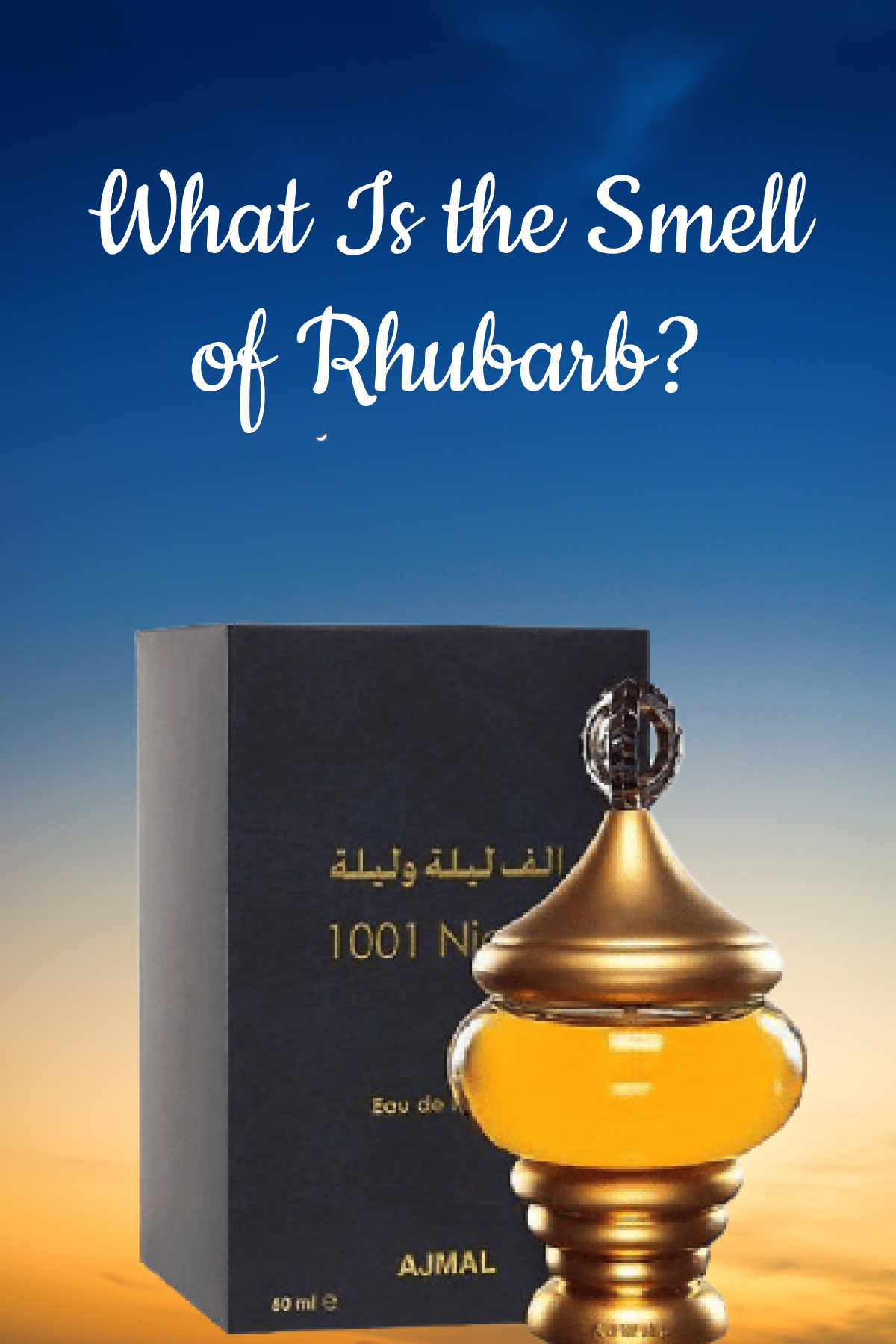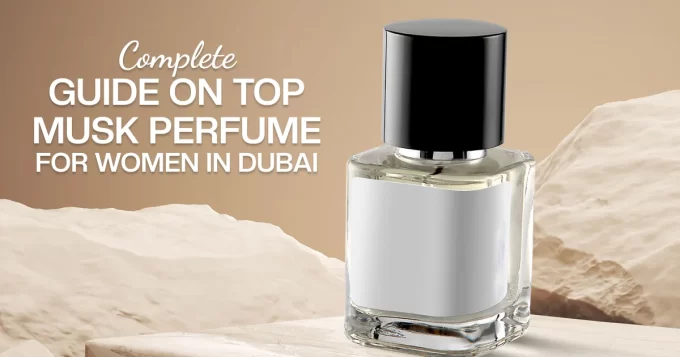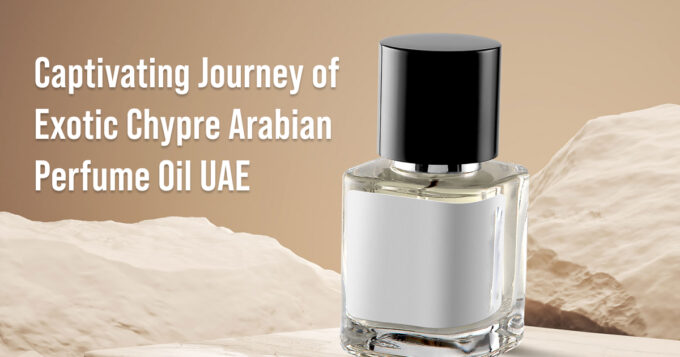What Is the Smell of Rhubarb?
Though technically a vegetable, rhubarb is sometimes confused for a fruit. Its distinct scent has drawn the attention of perfumers, gardeners, and cooks alike. Its unique scent is not only a crucial component of culinary creations but also an intriguing note in the perfume industry.
However, what scent does rhubarb actually have? Let’s investigate the intricate and multifaceted fragrance characteristics of this aromatic plant.
The Rhubarb Scent Profile
The perfume of rhubarb is a delightful combination of tartness, freshness, and a hint of earthiness. The following are the main attributes that characterize its smell:
1. Tartness:
Explanation: The first and most noticeable thing about rhubarb’s aroma is how harsh and sour it is. This tart tone reminds me of unripe berries or freshly cut sour green apples. This acidity is frequently translated into a sharp, reviving zing in applications such as perfumery and cooking.
2. Verdant and Vibrant
Summary: Fresh and green, like a lush garden after a rainstorm, is how rhubarb smells. This green component gives its scent a sharp, energizing touch, similar to freshly cut grass or crushed green leaves. Because of its freshness, rhubarb is a great component to give foods and scents a bright, lively quality.
3. Slightly Sweet
Explanation: Rhubarb has a faint sweetness beneath its sour surface, which counterbalances the overall scent. Its subtle, almost flowery sweetness balances the biting edges of its tartness without being overbearing.
4. Solid Base Notes
Explanation: The aroma of rosemary also has a faint earthiness to it, like the aroma of wet roots or soil. Its earthy aspect grounds the tangy and fresh notes in the scent, giving it depth and richness.
Using Rhubarb in Cooking
Rhubarb is a popular ingredient in both sweet and savory meals because of its distinct aroma and taste. This is how its aroma transforms into mouth watering dishes:
1. In Desserts: Sugar and rhubarb’s tartness combine to make a pleasing harmony in desserts such as pies, crumbles, and jams. Rhubarb has a sweet-tart scent when cooked, which is both reassuring and delicious.
2. In Beverages: Rhubarb is also used in drinks, such as punches, teas, and cocktails, where it adds a crisp, refreshing aroma. The refreshing, green notes can balance sweetness and give beverages a fun twist.
3. In Flavorful Recipes: Rhubarb pairs well with savory foods because of its earthy undertones. It complements meats and veggies effectively, giving the dish a distinct depth of flavor and a zesty, new scent.
Rhubarb for Fragrances
The perfume industry is aware of the unique fragrance profile of rhubarb. It is highly valued for its capacity to give scents a zesty, new twist. Here’s how perfumes make use of rhubarb:
1. Top Notes: Rhubarb is a great top note in perfumes because of its acidity and green freshness. It draws attention and establishes the mood for the olfactory journey with an instantaneous rush of vitality and vibrancy.
2. Combining Fruits and Florals: Rhubarb tastes well with fruity and flowery flavors. Its green freshness balances fruity smells like citrus and berries, while its tartness can draw attention to the delicacy of floral notes like rose and peony. This mixture produces a multifaceted, well-balanced scent.
3. Adding Depth: Rhubarb’s delicate earthy undertones can give a perfume more nuance and depth. It can combine with musky or woody base notes to create a well-balanced smell character that ages gracefully.
Well-liked Fragrances of Rhubarb
Rhubarb is a prominent element in several well-known perfumes, highlighting its distinct olfactory properties. Here are a few noteworthy instances:
1. Hermès Écarlate de Rhubarbe: The sour and green tones of rhubarb are emphasized in this fragrance, which results in a revitalizing and refreshing aroma. The natural scent of rhubarb is celebrated, with a hint of white musk.
2. London Rhubarb and Rose by Jo Malone: This fragrance is the epitome of how rhubarb can give a modern spin to a traditional flower aroma, blending the acidity of rhubarb with the delicate sweetness of rose.
3. My Love, Durga Rhubarb & D.S: The combination of sour and sweet notes, tempered by woodsy undertones and green leaves, perfectly encapsulates the essence of rhubarb in this perfume. It is an elegant, multifaceted scent that ages gracefully on the skin.
The Effects of Rhubarb on Emotion and Senses
The scent of rhubarb is a joy for the senses as well as the emotions. Its zesty, fresh aroma can bring back a variety of emotions and recollections.
1. Lightheartedness: Rhubarb’s strong, tangy tones may be very energizing, giving you a rush of vitality and freshness. Its aroma has the power to uplift the senses and awaken the senses.
2. Reminiscences: Many people associate the scent of rhubarb with fond memories of days spent in the garden or making their own pies and preserves. It can take you back to happier, more carefree days.
3. Satisfaction: Rhubarb’s earthy overtones and mild sweetness can ground and comfort even in spite of its tartness. It’s a smell that exudes harmony and balance while feeling both familiar and distinct.
Closing Thoughts: The Aroma of Rhubarb
Rhubarb is an intriguing and adaptable component in both culinary and olfactory compositions because of its unique scent, which combines acidity, green freshness, slight sweetness, and earthy overtones.
The aroma of rhubarb, whether in pie or perfume, is a delightful treat for the senses that invokes a wide range of feelings and memories. Therefore, the next time you come across this amazing plant, stop to enjoy its distinct scent and the nuanced beauty it offers the world.












